Rome: The Eternal City
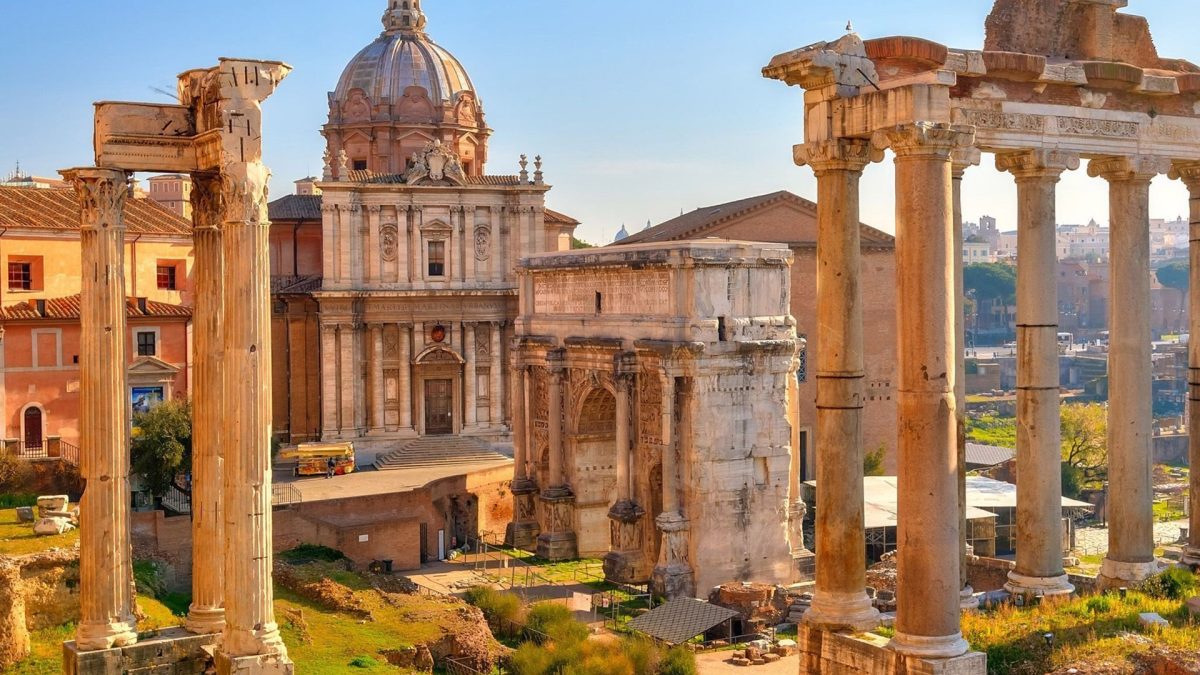
Rome: The Eternal City
Rome, the capital of Italy, is a city that needs no introduction. Known as the Eternal City, it is a place where ancient history, magnificent architecture, and vibrant culture coexist in perfect harmony. Rome’s allure lies in its rich history, its status as the cradle of Western civilization, and its plethora of attractions that captivate millions of tourists each year. This comprehensive guide explores the history, tourist attractions, museums, UNESCO World Heritage sites, and unique features of Rome, making it an essential read for anyone planning to visit this iconic city.
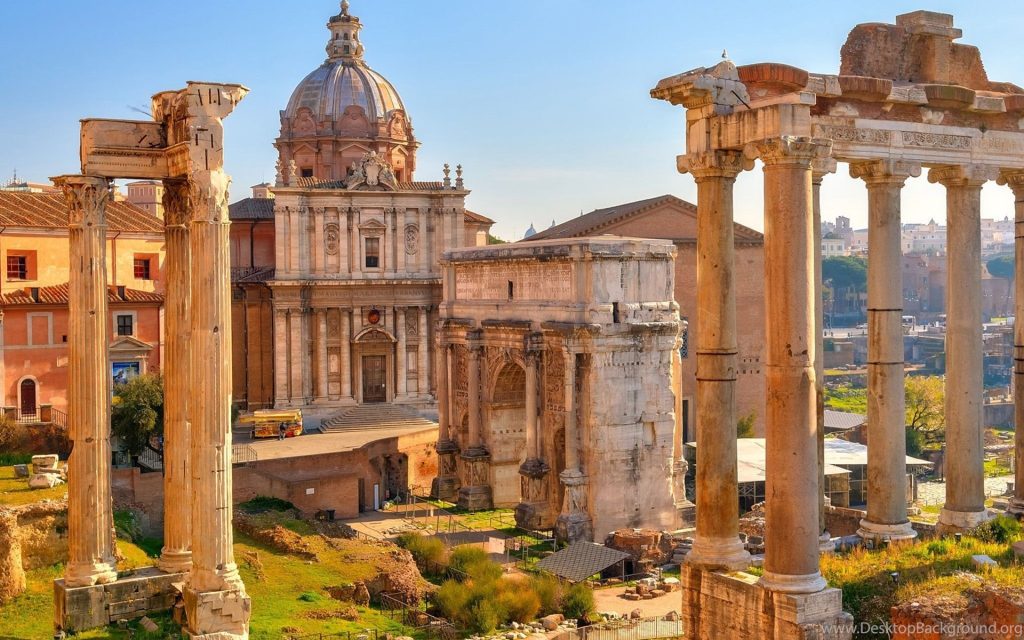
Historical Background
Rome’s history spans more than two and a half millennia, making it one of the oldest continuously inhabited cities in the world. According to legend, Rome was founded in 753 BCE by Romulus and Remus, twin brothers raised by a she-wolf. Historically, the city’s foundation is attributed to the amalgamation of several small settlements on the Palatine Hill.
The Roman Kingdom: The earliest period of Rome’s history, the Roman Kingdom, lasted from its founding until 509 BCE. During this time, Rome was ruled by a series of kings and developed from a small village into a thriving city-state.
The Roman Republic: In 509 BCE, the Roman Republic was established, characterized by a complex system of government with elected officials. This period saw Rome’s expansion through military conquests and alliances, transforming it into a dominant power in the Mediterranean region.
The Roman Empire: The transition from Republic to Empire began with Julius Caesar’s rise to power and was solidified by his adopted heir, Augustus, in 27 BCE. The Roman Empire brought unprecedented prosperity and stability, reaching its zenith under emperors like Trajan and Hadrian. This era produced remarkable architectural and engineering feats, many of which still stand today.
Medieval and Renaissance Rome: After the fall of the Western Roman Empire in 476 CE, Rome experienced a period of decline. However, it remained an important center of the Catholic Church and experienced a cultural revival during the Renaissance. The city saw the construction of iconic structures like St. Peter’s Basilica and the Sistine Chapel, under the patronage of the popes.
Modern Era: Rome became the capital of the Kingdom of Italy in 1871 and later the Italian Republic in 1946. Today, it is a bustling metropolis that seamlessly blends its ancient heritage with modern life.
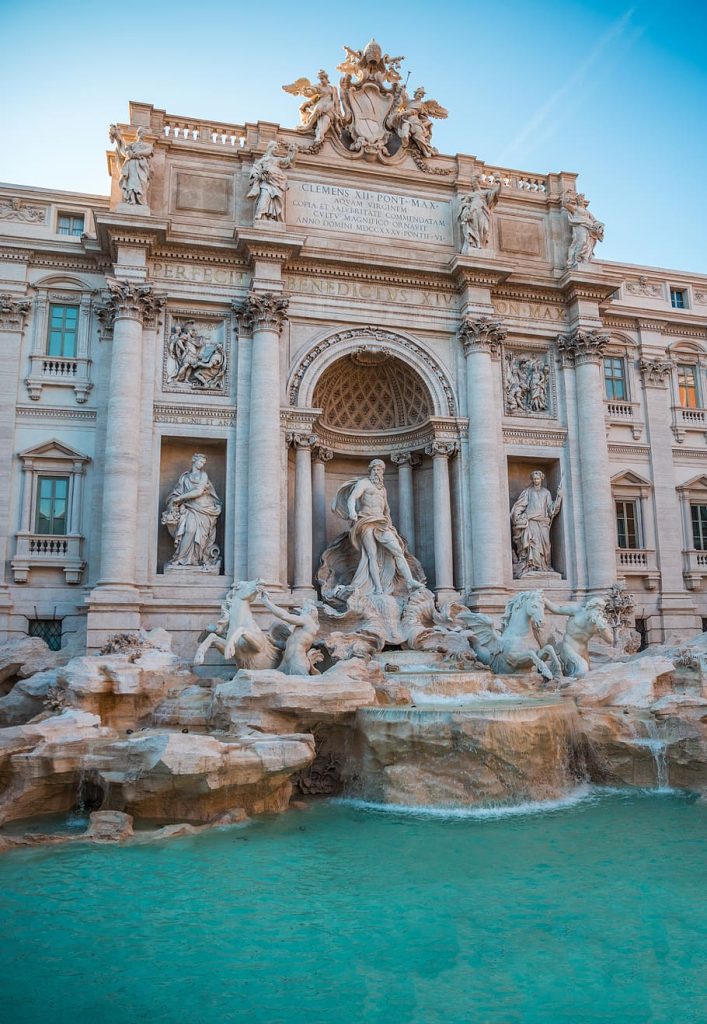
UNESCO World Heritage Sites
Rome’s historical and cultural significance is recognized by UNESCO, which has designated the Historic Centre of Rome as a World Heritage Site. This area encompasses many of the city’s most important landmarks and monuments.
The Colosseum: One of Rome’s most iconic symbols, the Colosseum is an ancient amphitheater that once hosted gladiatorial contests, public spectacles, and dramas. Built between 70-80 CE, it could hold up to 50,000 spectators. Today, it stands as a testament to Roman engineering and architectural prowess.
The Roman Forum: Located in the heart of ancient Rome, the Roman Forum was the center of political, commercial, and judicial life. The ruins of temples, basilicas, and public spaces offer a glimpse into the grandeur of the Roman Empire. Key sites include the Temple of Saturn, the Arch of Titus, and the Curia.
The Pantheon: Originally built as a temple to all the gods, the Pantheon is one of the best-preserved ancient Roman buildings. Its massive dome, with a central oculus, remains an architectural marvel. Converted into a Christian church in the 7th century, it continues to inspire awe with its harmonious proportions and innovative design.
St. Peter’s Basilica: Located in Vatican City, St. Peter’s Basilica is one of the largest and most important churches in the world. Designed by renowned architects including Michelangelo and Bernini, it is a masterpiece of Renaissance and Baroque architecture. The basilica’s interior is adorned with stunning artwork, including Michelangelo’s Pietà.
The Vatican Museums: The Vatican Museums house an extensive collection of art and artifacts amassed by the popes over centuries. Highlights include the Sistine Chapel, with its ceiling painted by Michelangelo, and the Raphael Rooms. The museums offer an unparalleled journey through art history, from ancient Egypt to the modern era.
The Appian Way: Known as the “Queen of Roads,” the Appian Way was one of the most important ancient Roman roads, connecting Rome to Brindisi in southeast Italy. Today, it is a historical and scenic route lined with ruins, tombs, and catacombs, perfect for a leisurely walk or bike ride.
Museums in Rome
Rome is home to a wealth of museums that showcase its rich artistic, historical, and cultural heritage. These institutions offer visitors a chance to explore the city’s past and appreciate its contributions to art and science.
The Vatican Museums: As mentioned earlier, the Vatican Museums are among the most famous museums in the world. The collection includes works by Michelangelo, Raphael, Leonardo da Vinci, and Caravaggio, as well as ancient sculptures and artifacts.
Capitoline Museums: Located on Capitoline Hill, the Capitoline Museums are considered the world’s first public museums, established in 1471. The collection includes ancient Roman statues, Renaissance art, and the famous bronze statue of the She-wolf suckling Romulus and Remus.
Galleria Borghese: Set within the beautiful Borghese Gardens, the Galleria Borghese is a treasure trove of Renaissance and Baroque art. The museum houses masterpieces by Bernini, Caravaggio, Titian, and Raphael. Highlights include Bernini’s Apollo and Daphne and Caravaggio’s David with the Head of Goliath.
National Roman Museum: Spread across several sites, including the Palazzo Massimo alle Terme and the Baths of Diocletian, the National Roman Museum contains an extensive collection of ancient Roman art and artifacts. The museum’s holdings include sculptures, mosaics, frescoes, and everyday objects from Roman life.
MAXXI – National Museum of 21st Century Arts: Designed by renowned architect Zaha Hadid, MAXXI is dedicated to contemporary art and architecture. The museum’s dynamic spaces and innovative exhibitions showcase the latest trends in art and design.
Palazzo Doria Pamphilj: This privately owned palace houses an impressive art collection, including works by Velázquez, Caravaggio, and Titian. The opulent rooms and galleries provide a glimpse into the luxurious lifestyle of the Roman aristocracy.
Tourist Attractions and Must-See Sights
Rome is brimming with attractions that cater to a wide range of interests. From ancient ruins and stunning architecture to vibrant piazzas and charming neighborhoods, there is no shortage of things to see and do in this captivating city.
The Trevi Fountain: One of the most famous fountains in the world, the Trevi Fountain is a Baroque masterpiece designed by Nicola Salvi. Visitors toss coins into the fountain, a tradition believed to ensure a return trip to Rome. The fountain’s dramatic sculptures and cascading waters make it a must-visit attraction.
The Spanish Steps: Connecting the Piazza di Spagna with the Trinità dei Monti church, the Spanish Steps are a popular gathering spot for tourists and locals alike. The steps are particularly beautiful in the spring when they are adorned with blooming flowers.
Piazza Navona: This lively square is built on the site of the ancient Stadium of Domitian and features three stunning fountains, including Bernini’s Fountain of the Four Rivers. The square is lined with cafes, restaurants, and street artists, making it a vibrant place to relax and people-watch.
The Campo de’ Fiori: By day, this historic square hosts a bustling market where vendors sell fresh produce, flowers, and local specialties. By night, it transforms into a lively hub of bars and restaurants, attracting both tourists and locals.
The Janiculum Hill: For breathtaking panoramic views of Rome, head to the Janiculum Hill. This historic site offers stunning vistas of the city’s skyline, including the dome of St. Peter’s Basilica. The hill is also home to the Fontana dell’Acqua Paola, a beautiful Baroque fountain.
Trastevere: This charming neighborhood, located across the Tiber River, is known for its narrow cobblestone streets, colorful buildings, and vibrant nightlife. Trastevere is home to numerous cafes, restaurants, and artisan shops, as well as the beautiful Basilica of Santa Maria in Trastevere.
Villa Borghese Gardens: These expansive gardens offer a peaceful retreat from the bustling city. The park features lush greenery, scenic pathways, and several museums, including the Galleria Borghese. Visitors can rent bikes, rowboats, or simply enjoy a leisurely stroll through the gardens.
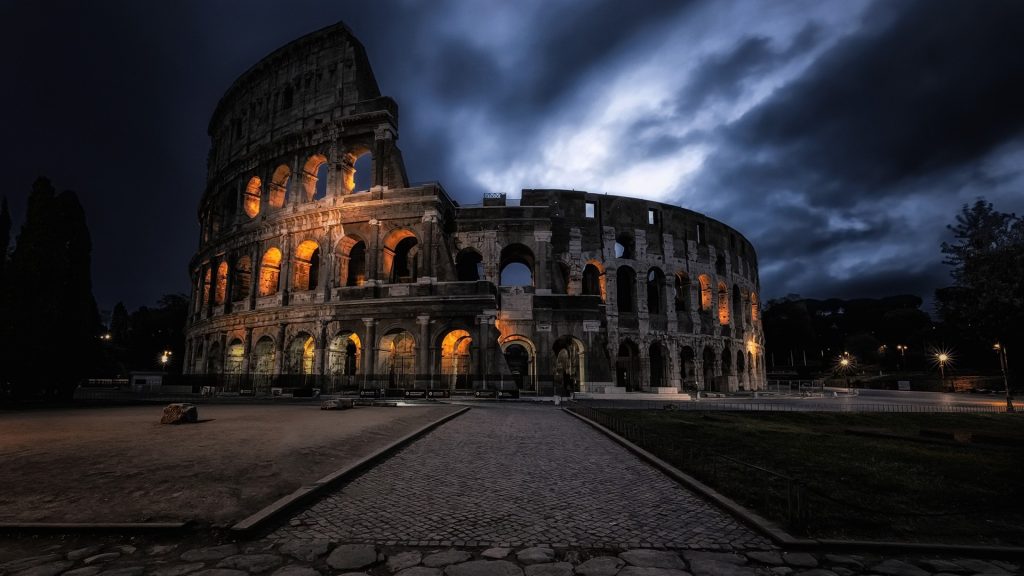
Unique Features and Charming Aspects of Rome
Rome’s charm lies in its blend of ancient history and vibrant modern culture. The city’s unique features and enchanting aspects make it a delightful destination for travelers.
Historic Architecture: Rome’s skyline is dominated by its stunning architecture, from ancient ruins and medieval churches to Renaissance palaces and Baroque fountains. The city’s historic center is a treasure trove of beautifully preserved buildings that tell the story of its rich past.
Culinary Delights: Rome is a food lover’s paradise, with a culinary tradition that emphasizes fresh, local ingredients and simple yet delicious flavors. Traditional dishes include pasta alla carbonara, cacio e pepe, and supplì (fried rice balls). The city’s bustling markets, charming trattorias, and fine dining restaurants offer a wide range of dining experiences.
Cultural Events: Rome hosts a variety of cultural events and festivals throughout the year, showcasing its vibrant arts scene. Highlights include the Rome Film Festival, the Rome Opera House’s performances, and the Estate Romana, a summer festival featuring concerts, theater, and outdoor cinema.
Shopping: Rome
is renowned for its high-quality craftsmanship and luxurious goods. The city is a hub for fashion, leather goods, and jewelry. Visitors can explore the boutiques of Via del Corso, the luxury shops of Via dei Condotti, and the artisanal markets of Campo de’ Fiori.
Nightlife: Rome’s nightlife scene offers something for everyone, from elegant wine bars and chic cocktail lounges to lively pubs and dance clubs. The city comes alive after dark, with locals and visitors alike enjoying the vibrant atmosphere. Popular nightlife areas include Trastevere, Testaccio, and the Monti district.
Scenic Beauty: Rome’s location along the Tiber River and its surrounding hills provide stunning natural scenery. The city’s many parks and gardens offer a peaceful retreat from the bustling streets. The nearby Castelli Romani, a group of hill towns, are perfect for day trips and offer picturesque landscapes and excellent food and wine.
Practical Tips for Tourists
To make the most of your visit to Rome, consider the following practical tips and recommendations:
Plan Ahead: Rome is a popular tourist destination, so it’s essential to plan your visit in advance. Book tickets for major attractions and museums online to avoid long lines. Research opening hours and any special events or closures that may affect your itinerary.
Accommodation: Rome offers a wide range of accommodation options, from luxury hotels and boutique guesthouses to budget-friendly hostels and vacation rentals. Choose a location that suits your preferences and budget, and book early, especially during peak tourist seasons.
Getting Around: Rome’s historic center is compact and easily walkable, allowing you to explore many of the city’s attractions on foot. Public transportation, including buses, trams, and the metro, is available for longer distances. Taxis and ride-sharing services are also convenient options.
Cultural Etiquette: Respect local customs and cultural etiquette while visiting Rome. Dress modestly when visiting churches and religious sites, and be mindful of noise levels in residential areas. Tipping is appreciated but not obligatory in restaurants and cafes.
Safety: Rome is generally a safe city for tourists, but it’s essential to take common-sense precautions. Keep an eye on your belongings, especially in crowded areas, and be aware of your surroundings. Avoid walking alone late at night in unfamiliar areas.
Local Experiences: To fully immerse yourself in Roman culture, consider participating in local experiences such as cooking classes, wine tastings, and guided tours. These activities offer a deeper understanding of the city’s traditions and way of life.

Conclusion
Rome, with its rich history, artistic heritage, and timeless beauty, is a city that captivates and inspires. From its iconic landmarks and world-class museums to its charming neighborhoods and vibrant cultural scene, Rome offers an unparalleled travel experience.
As the cradle of Western civilization, Rome’s contributions to art, architecture, and culture have left an indelible mark on the world. Its status as a UNESCO World Heritage Site underscores its significance and the importance of preserving its unique heritage.
Whether you’re exploring the grandeur of the Colosseum, strolling through the historic Roman Forum, or savoring the flavors of Italian cuisine, Rome promises an unforgettable journey through history and culture. Embrace the magic of this enchanting city, and discover why Rome remains one of the most beloved destinations in the world.
thecoins24 Bitcoin News Cryptocurrency airdrop theforex24 Forex News Aypa Group Aypa Website developer Aypa SEO
italyeducation تحصیل در ایتالیا تحصیل رایگان در ایتالیا پذیرش تحصیلی در ایتالیا دانشگاه های ایتالیا بورسیه تحصیلی ایتالیا Aypa Digital Marketing Forex Calculator
-
Rome: The Eternal City
Rome: The Eternal City Rome, the capital of Italy, is a city that needs no introduction. Known as the Eternal City, it is a place where […]



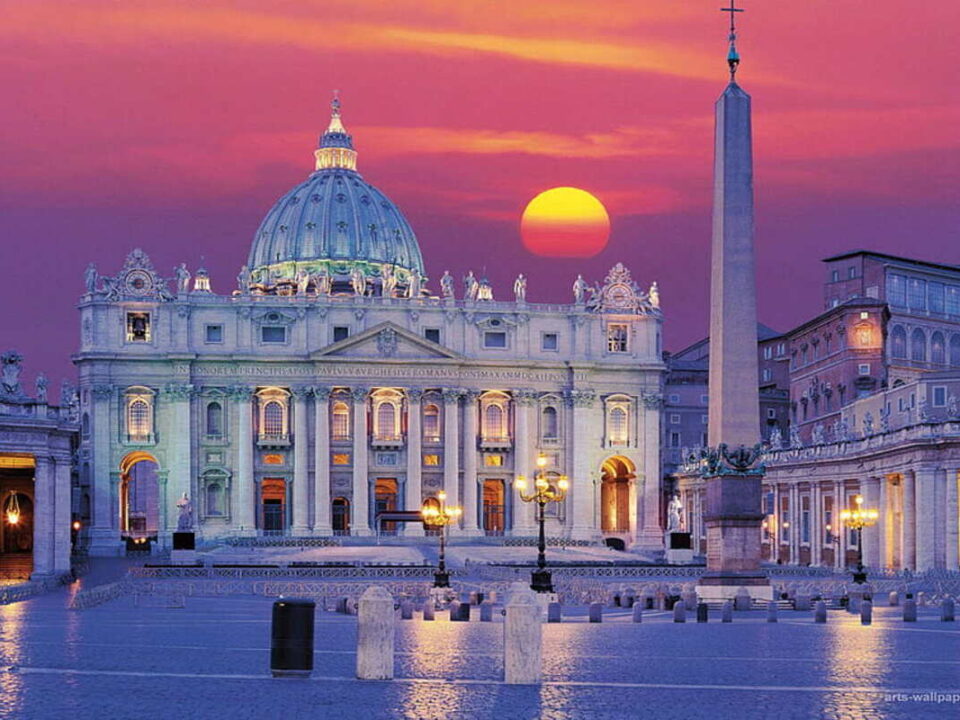
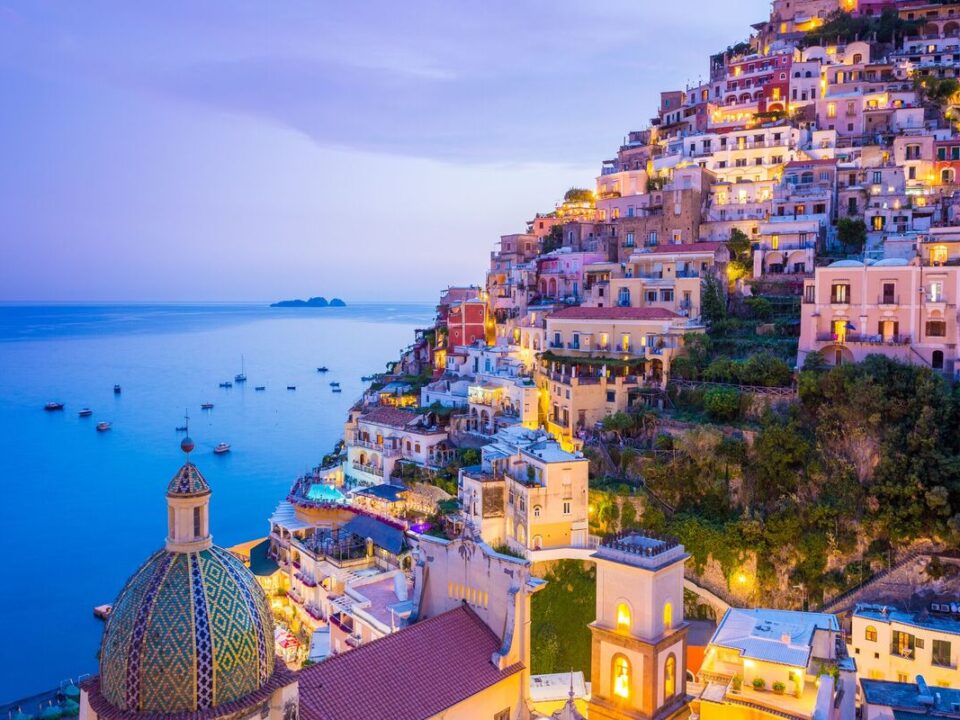
1 Comment
[…] “Rome wasn’t built in a day”, or as Italians would say, “Roma non è stata costruita in un giorno.” In learning Italian or any new language, patience and […]